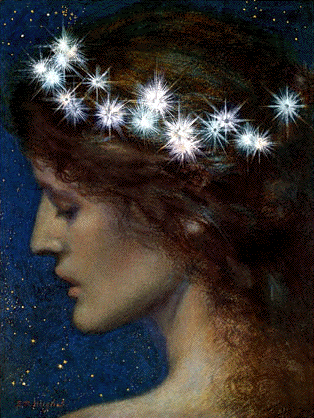I just had this thought. I had seen some beautiful photos of the North American Nebula that were taken with some unusual filters: OIII, and I think a sulphur one? Something strange like that. But anyway, it produced a really unusual result: the N.A. Nebula was mostly teal, as opposed to the customary red we see in conventional photographs. I know some people are really bugged out by false color photos (that perhaps it misrepresents the facts, etc.) And here's what I just realized: who's to say what a nebula really looks like?? I mean, just because we view the world in the visible wavelength spectrum, does this make viewing a galaxy in X-rays or IR "unnatural?" What if we had evolved UV vision instead? Then wouldn't "visible light" be "unnatural??" And by the way--who ever thought of taking photographs of nebulas and planets, and so on, and balancing the colors and fixing the contrast and all this--to make it seem "right." Where is this invisible standard coming from? Certainly not from what you actually see at the eyepiece. Your view of the Orion Nebula will come no where near what it looks like in even a modest photograph. Even with the 16" observatory at college the Ring Nebula is still just a smoky gray ring with a slight greenish tint. No reds. No blues or vibrant greens. M42, viewed in my ETX-125 is simply a hazy gray patch. No where near the flame-red cloud it is in photographs. It never will be. And the reason is because our eyes lack sensitivity to color at low light levels--you are viewing with the rods in your eye, which do not detect color like the cones do. We simply are outdone by even a 10 minute film exposure, which can collect and gather photons in a way that our eyes cannot. And when LRGB images are taken--why separate off into red, green, and blue? Heck, why not use cyan, magenta, and yellow filters? OIII, Hydrogen-alpha, Sulphur?
And so who's to say what the stars "really" look like up there? Go ahead. Make Saturn purple. Make the Helix Nebula cyan. It doesn't bother me anymore like it used to.

